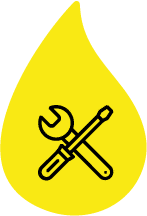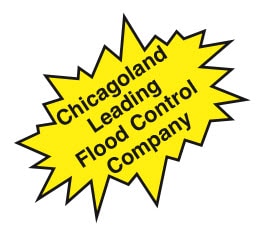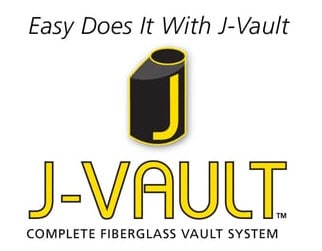Chicagoland Sump Pump installation: What You Should Know
Sump pump installations are one of the more common home plumbing procedures that can occur. They are an essential part of any home’s flood-control system, and without them, basements across the country would be flooded whenever big storms hit.
But just because they’re small doesn’t mean they’re simple. It may seem like it would be easy to install a sump pump, but the actual process that goes into the installation is much more complicated than it would appear at first glance. Like any good installation, installing a sump pump requires careful attention to detail—if something isn’t set right, or a step gets ignored or half-done, that decreases the pump’s effectiveness and decreases its overall lifespan.
So don’t get someone who’s just going to put your pump in a hole, shove some dirt over it, and call it a day. Get Parks’ Plumbing & Sewer, the Chicago licensed plumbers you can trust to the job done and done right.
A Quick Breakdown
An Ejector Pump is made to handle sanitary solids, like the outflow of a toilet or a laundry sink.
A Sump Pump is strictly for clean storm water—it cannot handle solids at all.
ejector pumps and sump pumps in chicago: What You Should Know
It may not seem obvious, but there are some pretty big differences between sump pumps and ejector pumps.
Sump pumps are usually designed to handle clear groundwater—otherwise known as seepage—that comes into the house from a high water table and often comes up through the basement floor through cracks, or near the perimeter. There are a number of sump pump types we use, ranging from standard use to heavy-duty.
Ejector pumps, conversely, are usually more heavy-duty than sumps. They’re designed specifically to handle wastewater—sewage—that may come off from a basement bathroom, or even the entire house or building. These pumps, much like sumps, have both residential and commercial applications, though it pays to know which kind you’re looking for before you purchase any.
Why Should You Install An Ejector or a Sump Pump?
If you’re looking for a nice, simple machine that will keep out seepage and make sure your basement is nice and dry, a sump pump is the product for you.
If you need an effective way consistently keep wastewater out of your home or business, with no worry or fuss, an ejector pump is what you’re looking for instead.
An ejector pump is made to handle sanitary solids like the outflow of a toilet or a laundry sink, a sump pump is strictly for clean storm type water, it cannot handle solids at all.
Should You Get Both?
If you think you need both, it can seem like an expensive decision to make—and not just for the initial installation, but for any required maintenance or continuing support that may be required later on.
But Parks’ Plumbing & Sewer hasn’t been around for forty years because we gouge our customers. We offer fair prices and excellent installation and support services that will keep your pumps running for cost-effective rates.
Sump Pump Installation Steps
Sump Pump Installation Checklist
This is an abridged list of the steps a plumber will follow in order to install your new sump pump. Installation procedures can vary between locations and companies, but this should give you a rough idea of what to expect.
Check with Parks’ Plumbing & Sewer, some of the best Chicago plumbers around, to get a more in-depth view of what their installation procedures may be.
- Find a Location
- Dig a Hole for the Sump
- Add More Gravel
- Attach the Adapters
- Install a Check Valve
- Channel Water Away From the House
- Run PVC Through the Wall
- Apply Sealant to the Hole
- Spread Out the Water Flow
- Cover the Sump











